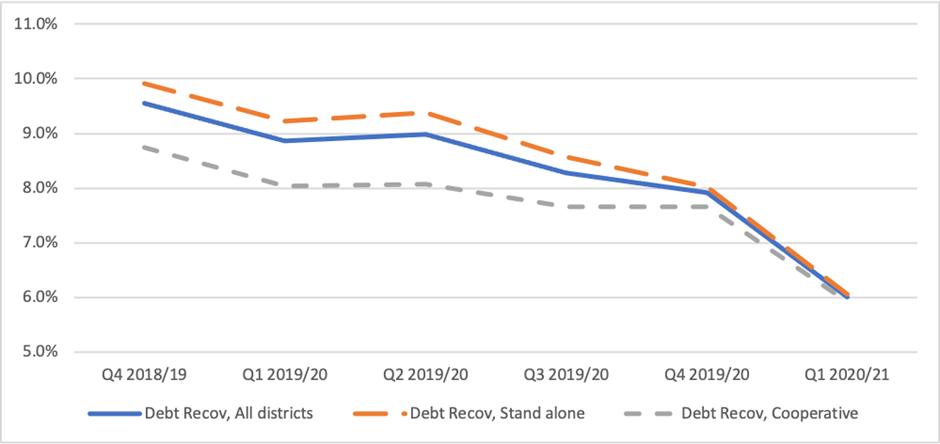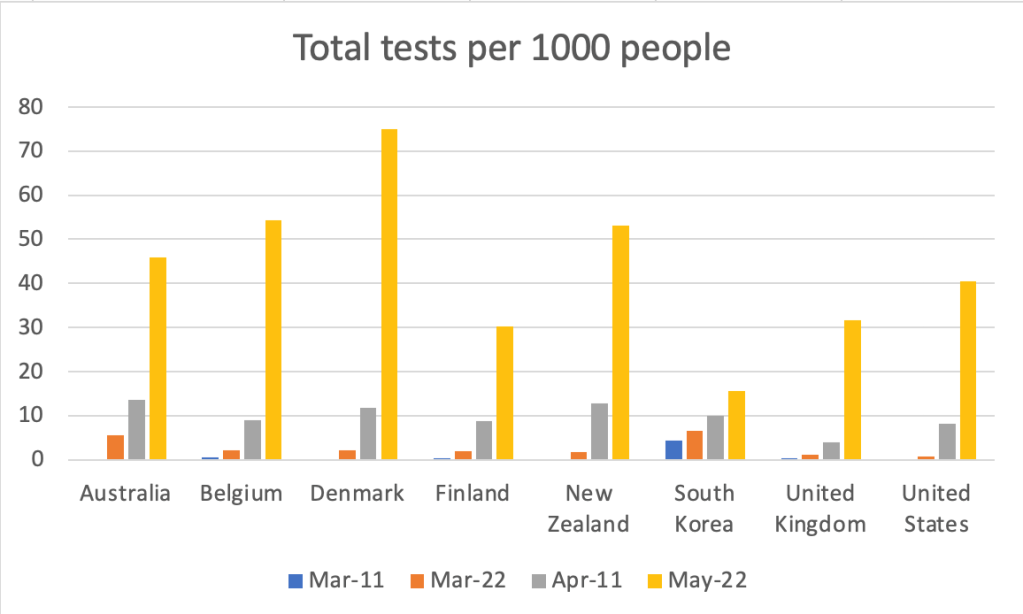Cllr Ketan Sheth

Most of us can remember as teenagers those exciting moments of independence, of achieving the landmarks of adulthood; perhaps learning to drive; our first relationship; our first job. These landmarks all signify moments of increasing maturity, of independence, but each of these landmarks remind us that there is no one moment of independence. We don’t flip a switch to become a grown-up – one day a child, one day an adult. Maturity is a gradual process, a high wire that we walk where most of us benefit from a safety net of parents, family, friends.
For our most vulnerable children and young people too, there isn’t a switch and sadly too often they don’t have the safety net they need. There is now much more emphasis on the transitional period so that services extend from aged 16 to around 25. There should not be abrupt changes to a service just because someone reaches the age of 18, with its attendant risk of falling between the gap where services don’t always join up!
In recent years, safeguarding children and adults has become increasingly complex, with risks such as sexual exploitation, gang and group offending and violent crime challenging the children’s and adults’ safeguarding workforce to identify opportunities for innovation. The notion of transitional safeguarding is an emerging one, not currently widely applied in policy or practice. Its implementation requires changes in policy and practice and across systems involving all agencies.
However, some local authority areas, like Brent, are already innovating and creating opportunities for more flexible and bespoke support, and providing valuable experiences for young people at a key point in their lives. This makes sense in most circumstances, but keeping vulnerable young people safe as they transition from adolescence to adulthood challenges us all to remember that becoming an adult is a process of transition, of many moments.
Transitional safeguarding is an emerging area of practice where we challenge ourselves in public service to make sure we keep that safety net in place; that we help keep safe and promote the well-being of our young people when they need it most, regardless of the artificial barriers of age, and including during those important times of transition to adulthood.
Supporting young people’s safety and well-being during the transition to adulthood is not only morally and ethically important, but it is also important for the future health of society and future generations. Young people may experience a range of risks and harms which may require a distinct multi-agency safeguarding response, and safeguarding support should not end simply because a young person reaches the age of 18. Investing in support to address harm and its impacts at this life stage can help to reduce for the need for specialist and statutory intervention and criminal justice involvement later on in life.
In Brent, my scrutiny committee recognises the importance of taking this holistic, broad view for our Brent young people. We believe we are well placed to be at the vanguard of these developments, with promising pilot work, in collaboration with partner organisations, already completed to change and enhance services; and my scrutiny committee are recommending that Brent develops a council-wide approach to transitional safeguarding by working with those young people who need us most.
And most importantly, I think that everybody has a valuable contribution to make to the transitional safeguarding agenda to help improve our practice for the better outcomes of all our most vulnerable young people; and indeed, the service is there when they need to use it.

Cllr Ketan Sheth is Brent Council’s Chair of Community and Wellbeing Scrutiny Committee





